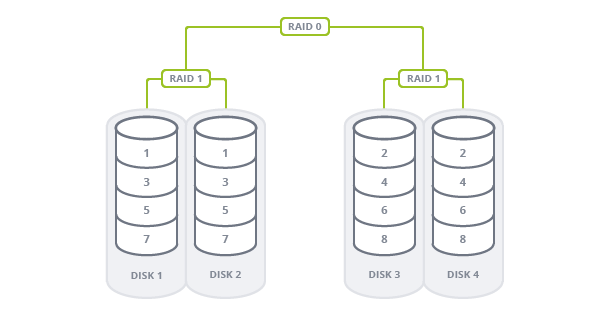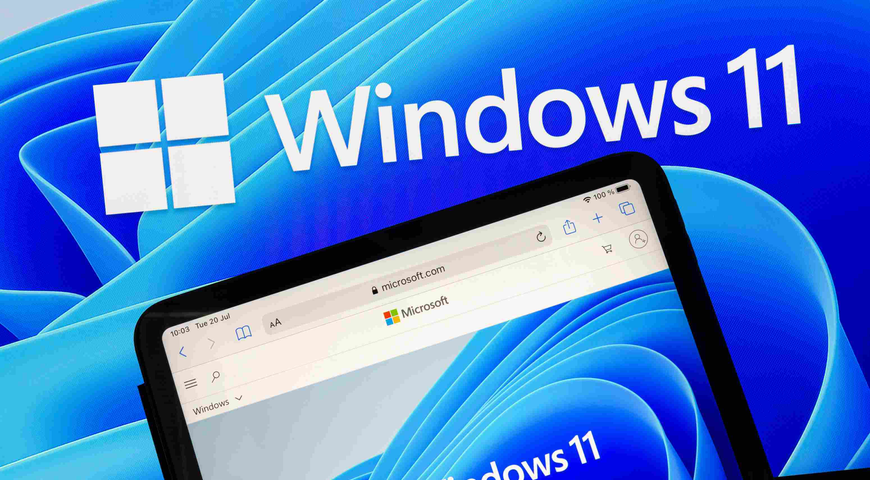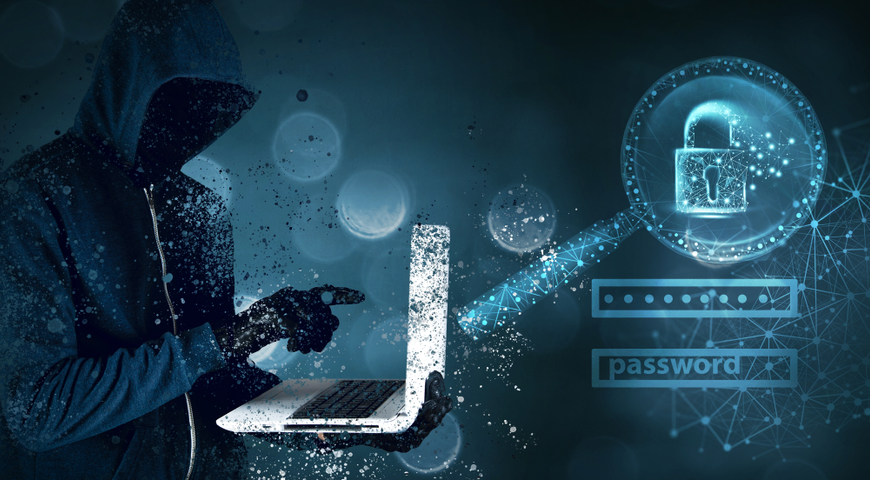RAID is an acronym for Redundant Array of Independent (or Inexpensive) Disks. It is a method of storing information on hard disks for greater protection and/or performance. There are several different storage methods, named levels, numbered from 0 to 9.
Some levels can be combined to produce a two-digit RAID level. RAID 10, then, is a combination of levels 1 (mirroring) and 0 (striping), which is why it is also sometimes identified as RAID 1 + 0. Mirroring is writing data to two or more hard drive disks (HDDs) at the same time – if one disk fails, the mirror image preserves the data from the failed disk. Striping breaks data into “chunks” that are written in succession to different disks. This improves performance because your computer can access data from more than one disk simultaneously. Striping does not, however, provide redundancy to protect information, which is why it is designated 0.
The Advantages Of RAID 10
Combining these two storage levels makes RAID 10 fast and resilient at the same time. If you need hardware-level protection for your data and faster storage performance, RAID 10 is a simple, relatively inexpensive fix. RAID 10 is secure because mirroring duplicates all your data. It's fast because the data is striped across multiple disks; chunks of data can be read and written to different disks simultaneously.

To implement RAID 10, you need at least four physical hard drives. You also need a disk controller that supports RAID.
RAID Is Not Backup
Here's one important caveat about RAID and backup. Although RAID writes data to two disks simultaneously, it is not a backup. If your operating system or software, rather than the hard disk, corrupts your data, this corrupted data is sent to both disks and simultaneously corrupts both drives. However, a backup is a copy of data, which is stored somewhere else and is detached from the original data both in space and time. Backup data is not corrupted unless you specifically back up corrupted data. In short, even if you use RAID, you still must use an effective backup software.
RAID 10 protects you from a single drive failure — the mirror takes over for a time while you replace the failed disk and rebuild the copy.
However, keep in mind that RAID 10 redundancy cuts your usable disk space in half. Since everything is mirrored (duplicated), four 2TB disks in RAID 10 give you a total capacity of 4TB of usable space.
RAID 5 Vs. RAID 10: What’s The Difference?
So, you may ask: why wouldn’t I use RAID 5 instead? It gives me 6TB of total capacity, a performance advantage, and redundancy that protects me from a single drive failure.
The biggest difference between RAID 5 and RAID 10 is how it rebuilds the disks. RAID 10 only reads the surviving mirror and stores the copy to the new drive you replaced. Your usual read and write operations are virtually unchanged from normal operations.
However, if a drive fails with RAID 5, it needs to read everything on all the remaining drives to rebuild the new, replaced disk. Compared to RAID 10 operations, which reads only the surviving mirror, this extreme load means you have a much higher chance of a second disk failure and data loss.
Remember to always use identical disks when creating a RAID 10 array. The disk geometry (number of heads, cylinders, etc.) is critical and it is strongly recommended NOT to use dissimilar disks.
Protecting Your Data Is Easier Than Ever
Since the costs of disks are decreasing, adding incremental storage space is now less expensive than ever before, whether you are adding additional disks to support your RAID 10 array or replacing the disk controller on your motherboard if it doesn't support RAID 10.
You need to configure RAID 10, but it isn't difficult and only takes a few minutes. The system or disk controller software includes install routines that walk you through the process.
About Acronis
A Swiss company founded in Singapore in 2003, Acronis has 15 offices worldwide and employees in 50+ countries. Acronis Cyber Protect Cloud is available in 26 languages in 150 countries and is used by over 21,000 service providers to protect over 750,000 businesses.



